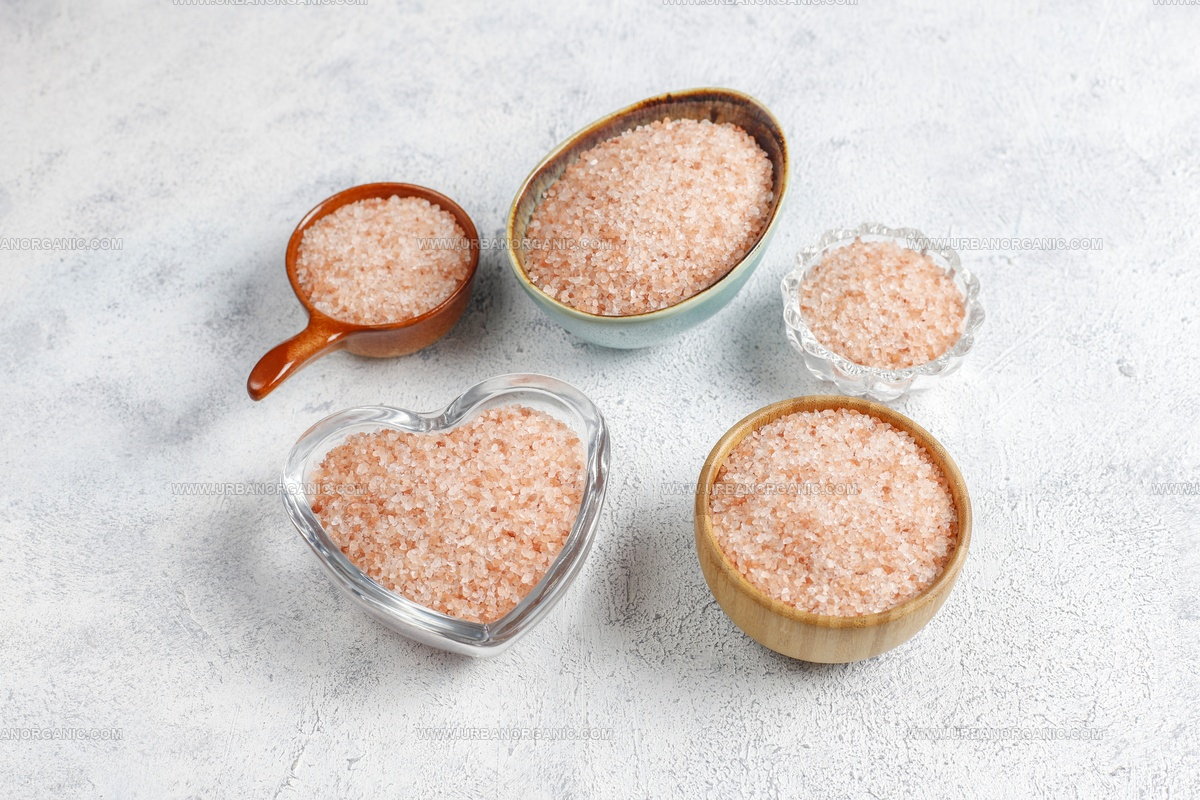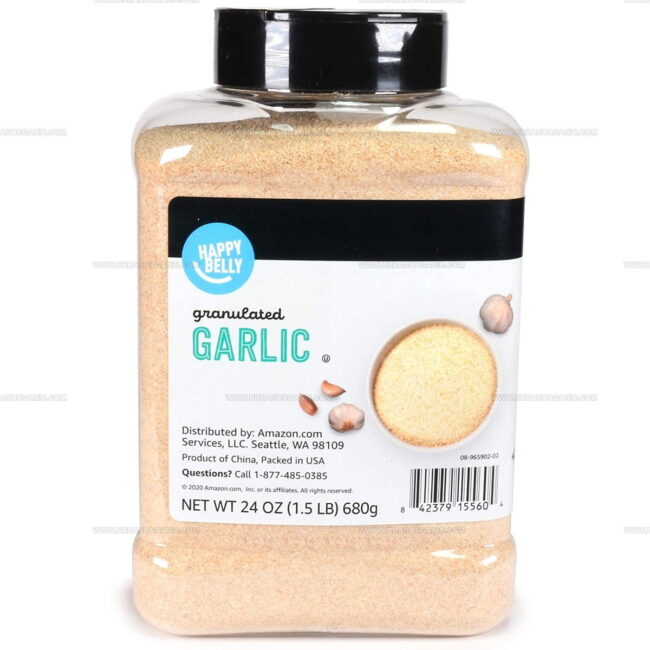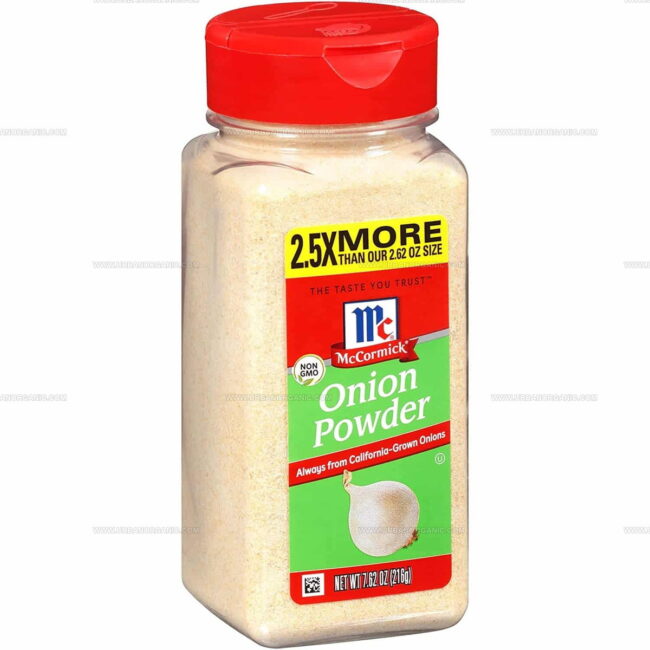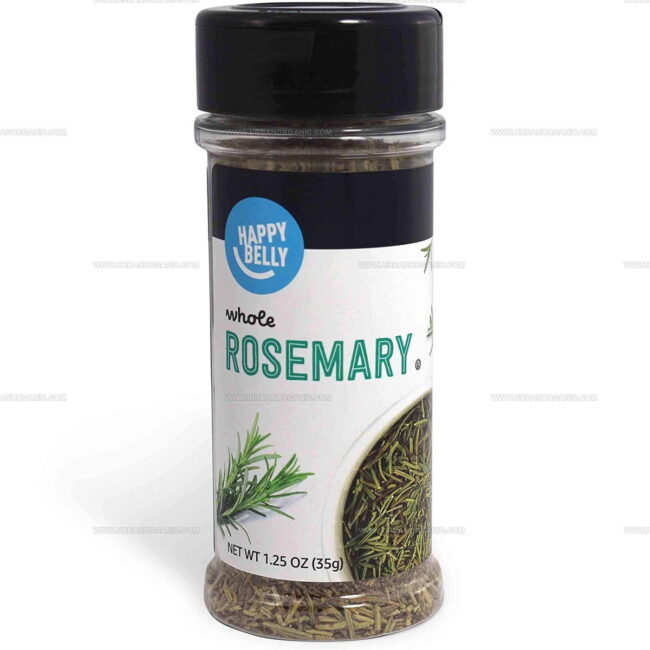3 Salt Swaps Without Using Potassium Chloride
Salt substitute without potassium chloride represents a groundbreaking shift in how people manage sodium intake while maintaining flavor in meals.
Individuals who need to reduce salt consumption for health reasons often cannot use traditional potassium-based alternatives due to medication interactions or kidney concerns.
These innovative options harness natural ingredients such as herbs, spices, citrus elements, and umami-rich components to mimic that satisfying salty taste we crave.
The food industry has responded to this need with increasingly sophisticated formulations that closely replicate sodium chloride's unique flavor profile without unwanted side effects.
Home cooks and professional chefs alike now have access to these specialized blends that enhance dishes without compromising taste.
Medical professionals often recommend these non-potassium alternatives for patients with specific dietary restrictions.
The next sections will reveal exactly which salt alternatives might work best for your particular health situation and culinary preferences.
Why Go Potassium-Free?
Some people need to avoid potassium in their food because of health reasons, especially if their kidneys are not working well or they have certain medical conditions:
Substitutes of Salt without Potassium Chloride
Running low on salt that skips potassium chloride can feel frustrating in the middle of cooking, but there are easy ways to keep things moving. Choosing a stand-in that works just as well means your flavors stay balanced. You can keep cooking with confidence, knowing dinner will still turn out just the way you want it.
Garlic
Garlic serves as an excellent salt substitute, enhancing flavors in dishes without adding sodium or potassium chloride.
Many cooks reduce salt in tomato sauces and marinades by simply adding more of this pungent spice, which also works wonders in soups and stir-fries.
Beyond its culinary value, this powerful allium veggie offers impressive health benefits that scientists have studied extensively.
Research shows garlic compounds can boost your immune system, lower blood pressure, and even improve brain function over time.
Some people should exercise caution, though, as garlic may cause allergic reactions or increase bleeding risk in certain individuals.
Onion Powder
Substituting dried onion or onion powder can enhance flavor in countless savory dishes with just a sprinkle.
These concentrated forms pack more punch than fresh onions while adding a subtle sweetness and mild spice to stir-fries, soups, stews, dips, and salsas.
The main difference lies in their processing - onion powder comes from ground dehydrated onion skins and roots, while dried onion contains only the flesh.
Many cooks appreciate how evenly onion powder distributes throughout recipes, creating consistent flavor in every bite.
Rosemary
Rosemary, a treasured Mediterranean herb with centuries of culinary and medicinal history, offers remarkable benefits beyond its aromatic flavor in dipping oils, soups, and bread recipes.
This powerful plant contains rich antioxidants and anti-inflammatory compounds that enhance blood circulation while supporting your immune system's natural functions.
Many people value rosemary for its ability to stimulate cognitive performance, improving memory, alertness, and concentration during challenging mental tasks.
Scientists have observed that when applied topically to the scalp, rosemary extract increases blood flow to hair follicles, potentially encouraging new growth and thickness.
How to Adjust Flavor When Using Potassium-Free Alternatives
Sometimes when you use potassium-free substitutes in recipes, the flavor might change a bit, but you can still enjoy tasty dishes with a few easy tricks:
Potassium-Free Salt Substitutes: Health and Cooking FAQs
1. Will using a potassium-free salt substitute change the flavor of my food?
Yes, these substitutes offer savory or tangy notes but won’t taste exactly like salt. Herb and spice blends help enhance flavor without sodium or potassium.
2. Are there commercial potassium-free salt substitute brands available?
Yes, look for brands specifically labeled “sodium only” or “potassium free.” Always check the ingredient list to confirm.
3. Can I use potassium-free salt substitutes in all types of cooking?
Yes, you can use them for seasoning, cooking, baking, and finishing dishes, just adjust to taste since flavors are different than regular salt.
4. How do I add more flavor to food without salt?
Use herbs, spices, citrus juice, vinegar, and aromatics like garlic or onion to build flavor and reduce the need for salt.
5. Are potassium-free salt substitutes suitable for baking?
Most can be used in baking, but results may vary. Choose blends with neutral flavors for best results in sweet recipes.
6. Will potassium-free substitutes affect my health in other ways?
Herb and spice blends are generally safe, but always read labels and consult your healthcare provider if you have any medical conditions.
7. Can I make my own potassium-free salt substitute at home?
Yes, blend dried herbs like thyme, basil, and rosemary with garlic or onion powder for a custom salt-free seasoning mix.
8. How should I store potassium-free salt substitutes?
Keep in a sealed container in a cool, dry place, and use within a few months for optimal freshness and potency.





Michael Thompson
Founder & Culinary Director
Expertise
Classical & Contemporary Cooking Techniques, Global Cuisine Appreciation, Nutrition & Menu Engineering, Sustainable Cooking Practices, Farm-to-Table Cuisine
Education
Southwestern Oregon Community College
Michael grew up in Oregon, where he learned early that food tastes better when it’s fresh, local, and made with care.
After earning his degree from the Southwestern Oregon Community College, he focused his career on teaching others how to cook with the seasons, reduce food waste, and reconnect with what’s on their plate.
Michael keeps his cooking simple, sustainable, and full of flavor. His favorite part of the process? Watching people realize how easy and satisfying it can be to cook a single great meal from scratch.